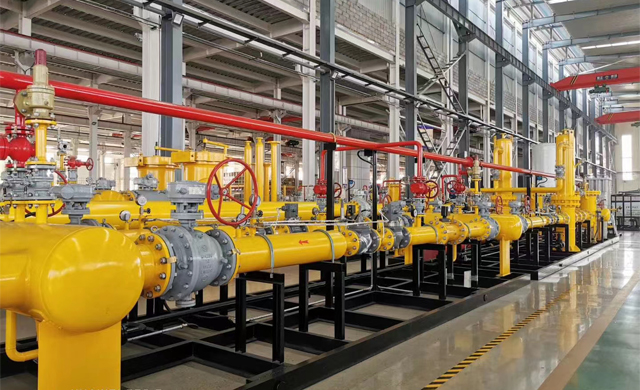
Dec . 07, 2024 02:26
Back to list
Electric Valve Control System for Enhanced Automation and Efficiency Solutions
The Electric Valve An Overview
Electric valves, also known as electrical actuated valves, are essential components in various industrial applications. They serve as automated devices that control the flow or pressure of liquids and gases in a system. This article delves into the functionality, types, applications, and advantages of electric valves, shedding light on their importance in modern engineering and automation.
Functionality
The primary function of an electric valve is to open or close in response to an electrical signal. This transformation of electrical energy into mechanical movement is achieved through an actuator, which is connected to the valve. When an electrical current is applied, the actuator moves the valve to its designated position, allowing for precise control over the flow of substances. This mechanism enables operators to manage fluid dynamics automatically, providing a significant advantage over manual valve operation.
Types of Electric Valves
Electric valves come in various types, each designed for specific applications
1. Solenoid Valves These valves are operated by a solenoid, which is an electromagnetic coil. When electricity passes through the coil, it generates a magnetic field that moves the valve's opening or closing mechanism. Solenoid valves are commonly used in small-scale applications like irrigation systems and household appliances.
2. Motorized Valves Unlike solenoid valves, motorized valves use an electric motor to control the valve's position. This type allows for more complex implementations, such as throttling, which enables partial flow management. Motorized valves are widely used in heating, ventilation, and air conditioning (HVAC) systems.
3. Proportional Valves These valves offer variable control of the flow rate, based on the voltage supplied. Proportional valves are crucial in applications requiring fine adjustments, such as in hydraulic systems.
4. Ball and Butterfly Valves Though they can be manual, these types often utilize electric actuators for automation. Ball valves offer a tight seal and are ideal for on/off applications, while butterfly valves are suitable for regulating flow due to their lightweight and compact design.
Applications
.
- Water Treatment In water treatment facilities, electric valves help control the flow of water, chemicals, and wastewater, ensuring effective operation and safety. - Oil and Gas They are used to manage the flow of hydrocarbons, enabling controlled extraction and transportation while minimizing environmental impact.
صمام كهربائي

- Food and Beverage Electric valves play a crucial role in maintaining hygiene and process control in food production lines, ensuring that products meet safety standards.
- HVAC Systems In climate control systems, electric valves help regulate temperature and humidity levels, contributing to energy efficiency.
- Manufacturing Many manufacturing processes rely on electric valves to maintain the continuous flow of materials, enhancing productivity and automation.
Advantages of Electric Valves
The use of electric valves comes with numerous benefits
1. Automation They allow for automatic operation, reducing the need for manual intervention and minimizing the risk of human error.
2. Precision Control Electric valves provide accurate flow regulation, which is critical in processes that require specific conditions.
3. Energy Efficiency Many electric valves enable energy savings by optimizing the use of resources and reducing wastage.
4. Safety Electric valves can integrate with automated systems to provide immediate shut-off in case of emergencies, enhancing operational safety.
5. Versatility With a wide range of types and configurations, electric valves can be adapted to various applications and working conditions.
Conclusion
In summary, electric valves are crucial components in modern industrial operations, offering unmatched control, efficiency, and safety in fluid management. Their diverse applications across different sectors underscore their significance in promoting automation and enhancing overall operational capabilities. As industries continue to evolve and embrace automation, the role of electric valves will undoubtedly become even more prominent, fostering advancements that make processes safer and more efficient.
Next:
Latest news
-
Safety Valve Spring-Loaded Design Overpressure ProtectionNewsJul.25,2025
-
Precision Voltage Regulator AC5 Accuracy Grade PerformanceNewsJul.25,2025
-
Natural Gas Pressure Regulating Skid Industrial Pipeline ApplicationsNewsJul.25,2025
-
Natural Gas Filter Stainless Steel Mesh Element DesignNewsJul.25,2025
-
Gas Pressure Regulator Valve Direct-Acting Spring-Loaded DesignNewsJul.25,2025
-
Decompression Equipment Multi-Stage Heat Exchange System DesignNewsJul.25,2025

